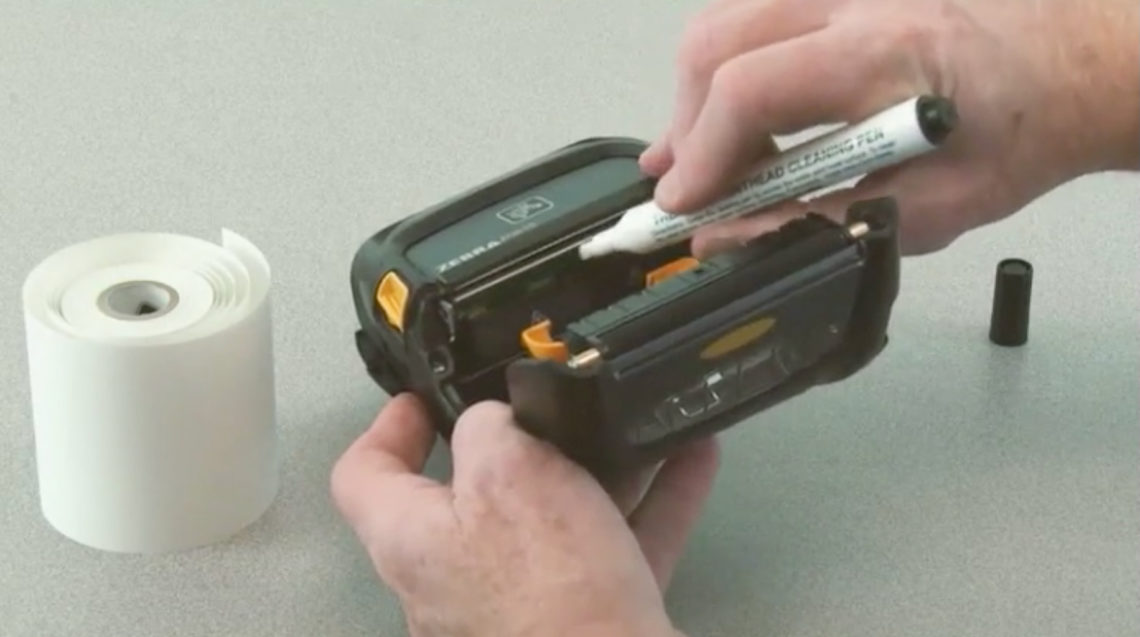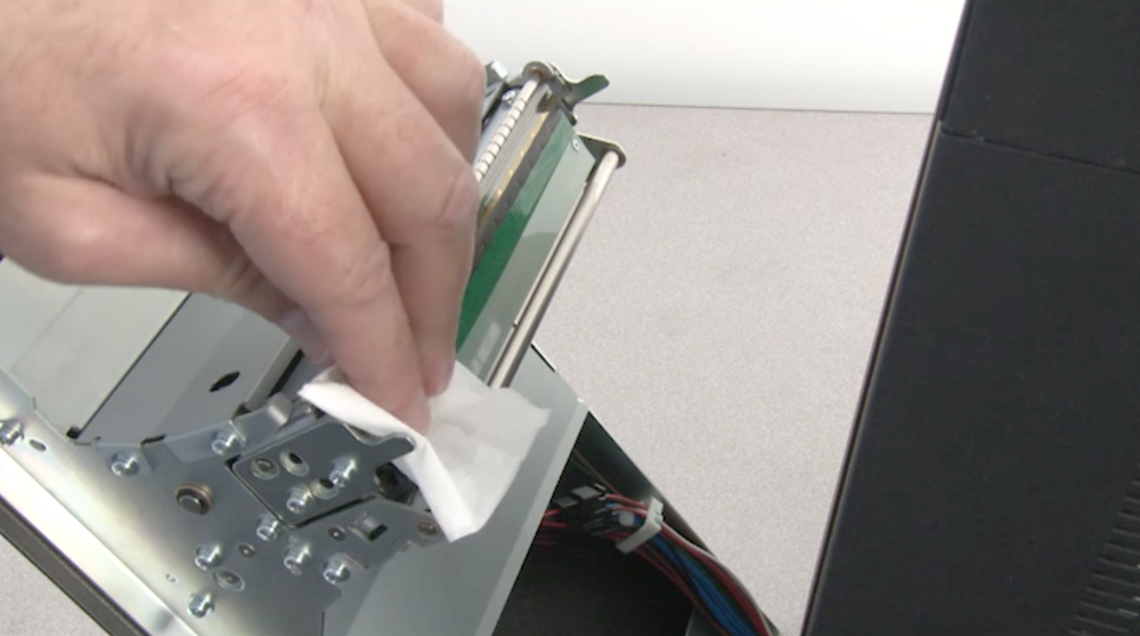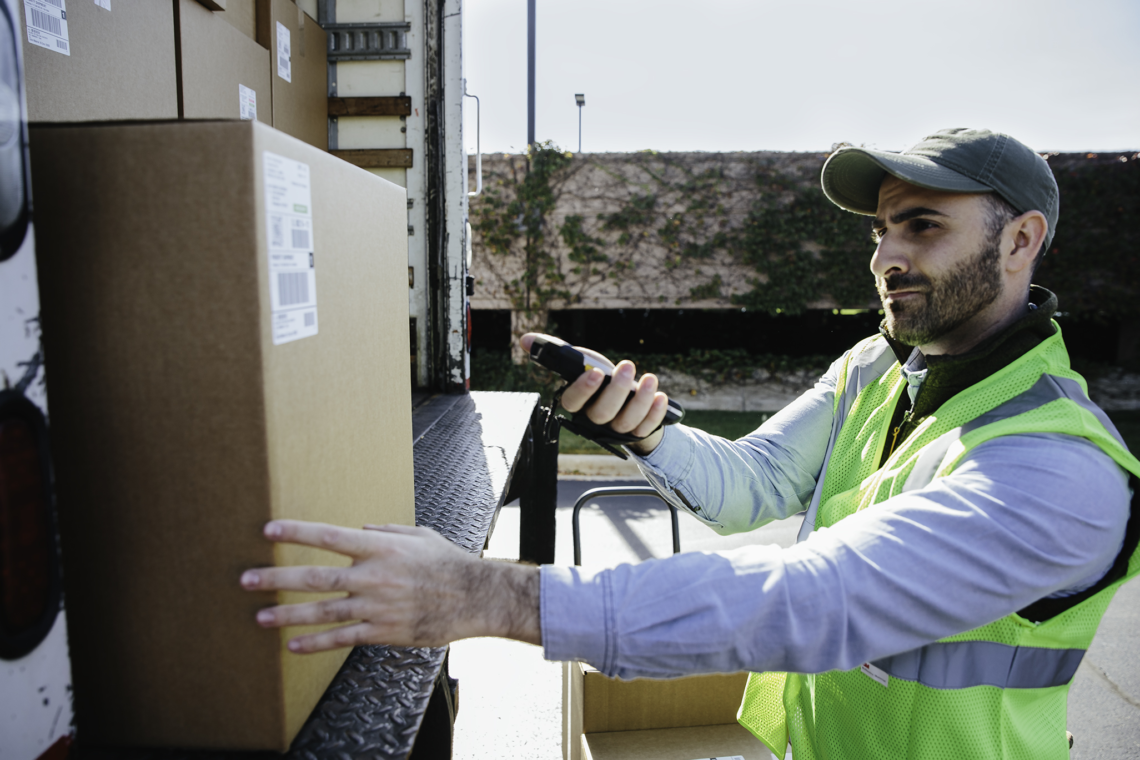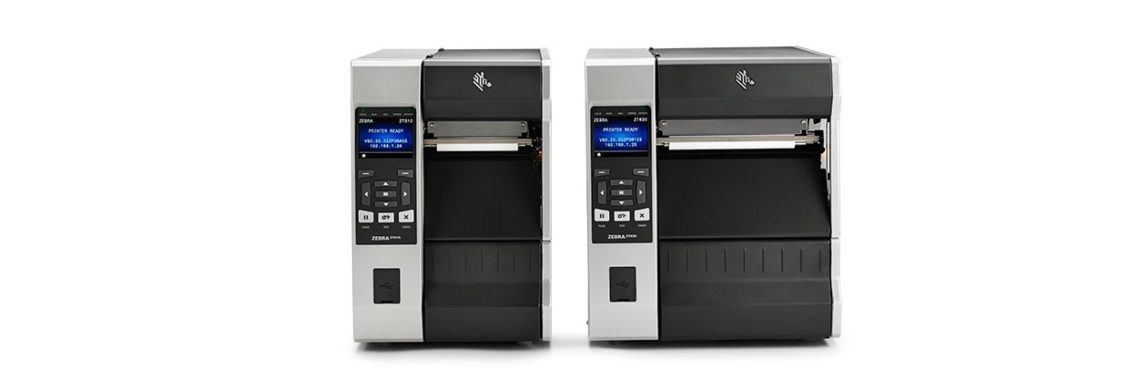Preventive maintenance is important, you know you need to take care of your car to keep it running smoothly, so you follow the manufacturer’s recommended maintenance schedule. Also, you can recognize that regular check-ups are vital to maintaining your health and catching potential issues before they become serious.
You should treat your barcode label printer with the same consideration. Following a preventive maintenance schedule reduces downtime and repair costs and extends the life of your printer. Dirt, dust, debris, and adhesive build up in your printer, damaging the printhead and compromising the quality of your barcode. The printhead is the most expensive and sensitive component in your thermal printer. Replacing it prematurely from lack of maintenance is an expense you can avoid.
Start Maintenance by Simply Cleaning Your Printer

Every time you change the label roll or thermal printer ribbon, clean the printhead. Use a cleaning card, cleaning pen, or cleaning roller to safely handle this task. You can also use 70% isopropyl alcohol and a lint-free cloth or cotton swab, but be very careful you don’t apply too much or rub too hard. Turn off the printer and remove any jewelry that could scratch the printhead. Click here for instructions for cleaning your thermal printer.
Use Preventive Maintenance to Protect your investment

Routine maintenance should be periodically performed on your thermal printer—operation, settings, print quality, and more—by a certified technician. Just like your health check-up, this procedure assesses every aspect of your barcode printer. The technician identifies potential problems and makes adjustments to prevent equipment breakdown. During this procedure, the service technician might make recommendations for the way you use your printer, like the type of media or ribbon you’re using and printer settings that provide quality without straining the equipment.
A printer maintenance contract puts the responsibility of protecting your investment in the hands of your provider. The return on investment for proactive preventive maintenance is reflected in the extended life of your printer, reduced downtime and cost from preventable repairs, and a lower total cost of ownership (TCO).
Talk to us at Avalon Integration about your data collection and thermal printing needs—from hardware and software to supplies, service, and repair, we deliver end-to-end solutions for warehouse, manufacturing, and field operations.
Contact us today to learn more.









